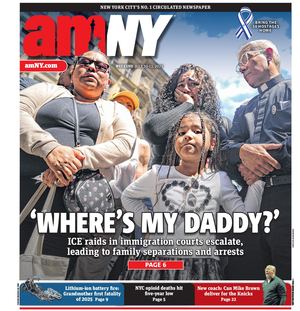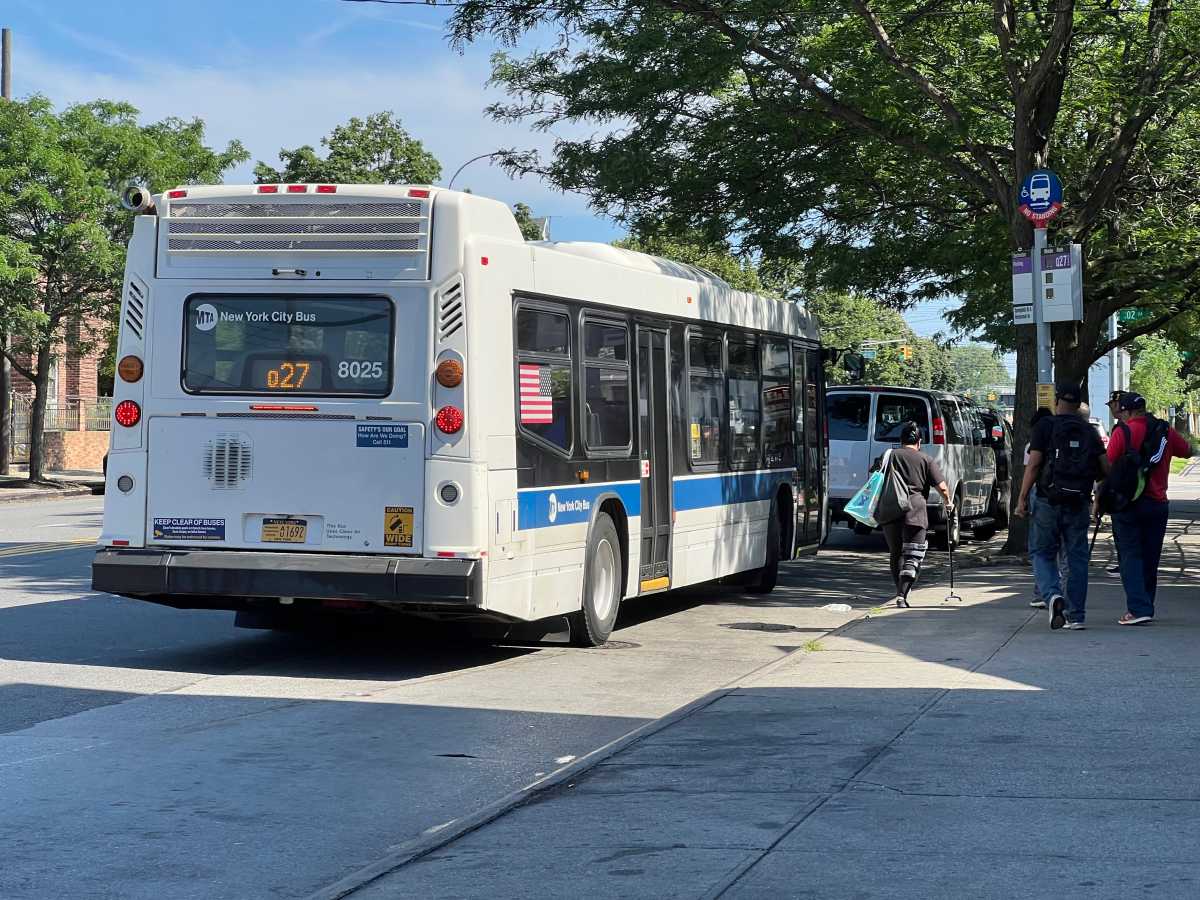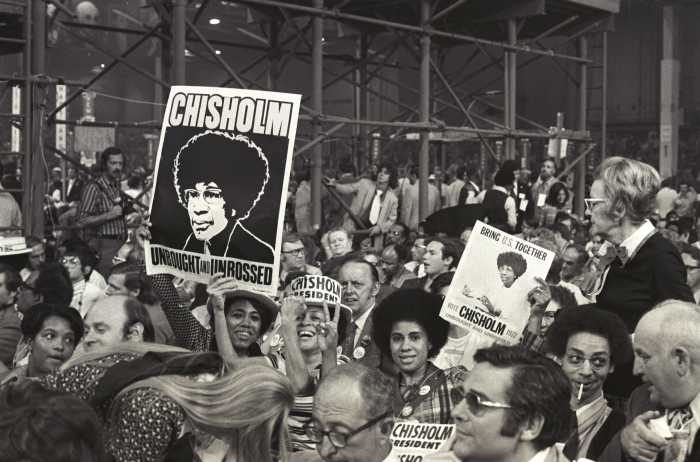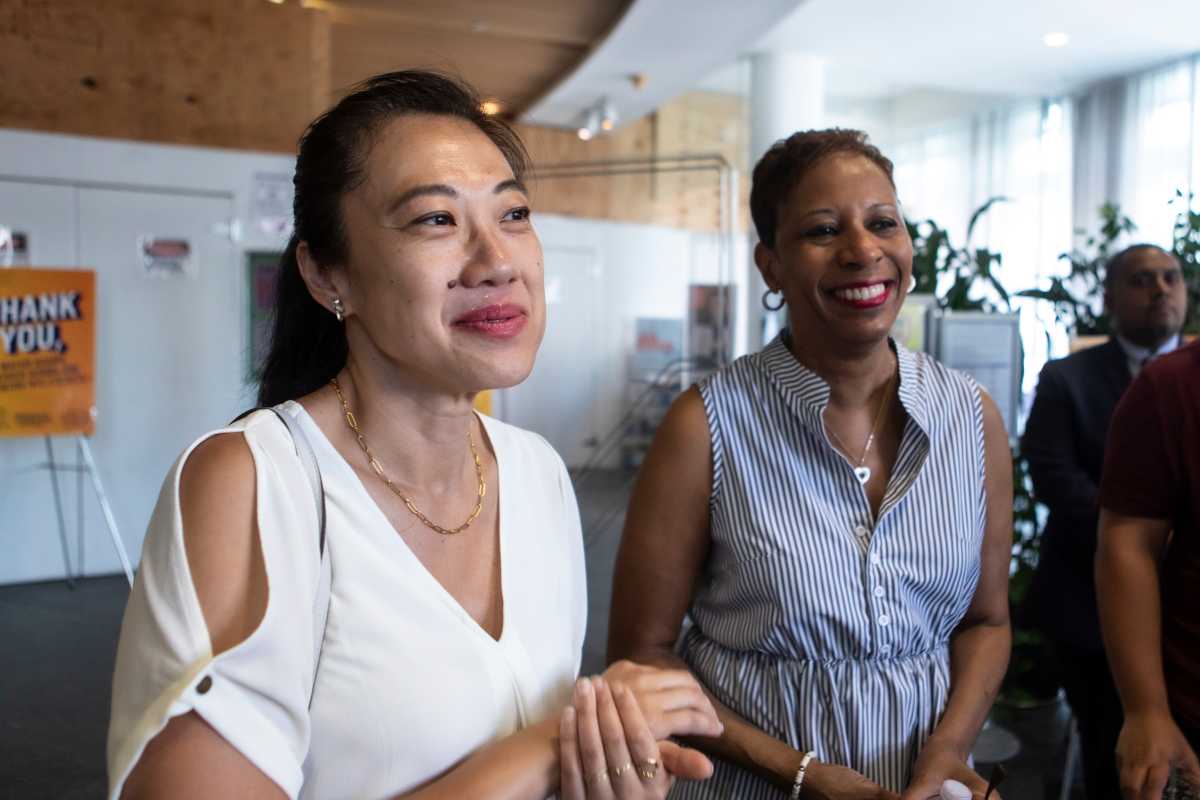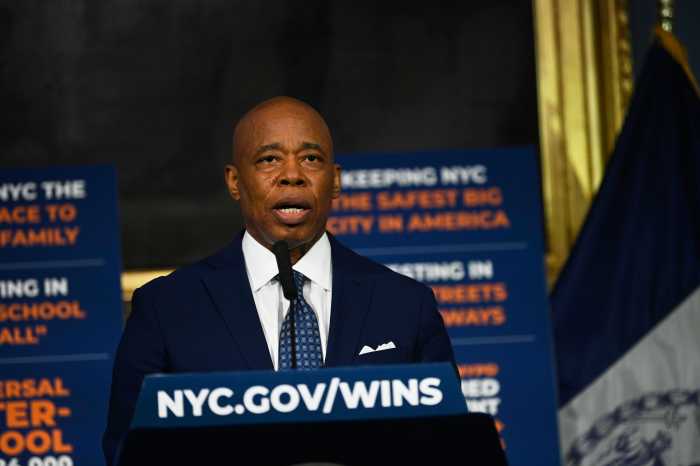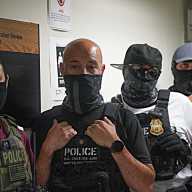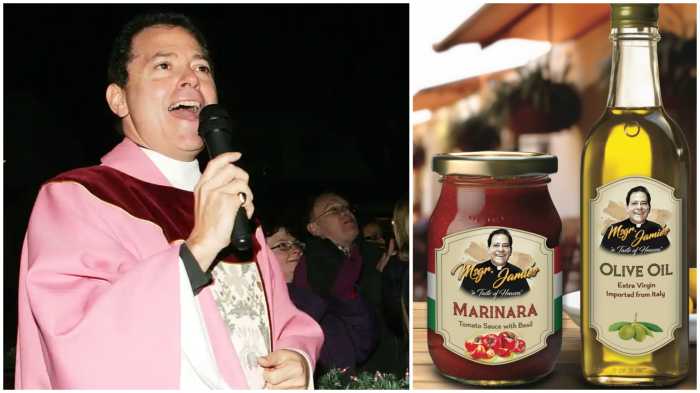BY MARGARET S. CHIN | This past January marked that start of a process that comes around only once every 10 years: redistricting. Redistricting is a process during which the congressional, state and City Council legislative district lines are redrawn to reflect changes in population according to the 2010 Census. I want to take this opportunity to explain what redistricting means for the City Council — and how the process works.
In response to low population growth, New York will lose two congressional seats this year. At the state level, the majority factions — currently Assembly Democrats and House Republicans — are responsible for redrawing their districts. (This year, Senate Republicans had advocated expanding the size of their body from 62 to 63 seats.) So far, both sides have proposed lines that are “hyper-political,” according to Governor Andrew Cuomo, thus meriting his veto.
Historically, political parties have misused the redistricting process for their own gain, which has a detrimental effect on representation for all, but a disparately negative impact on minority communities. For this reason, Governor Cuomo has echoed calls by good government groups for a takeover of the redistricting process by an independent commission. The current impasse in the State Legislature will likely lead to the involvement of a federal judge, unless both sides are able to negotiate.
While the clock ticks down in Albany, members of the City Council have begun to examine the changes in their own districts, which run the gamut from population explosions to exoduses. This year, City Council district lines must also be adjusted to reflect 2010 Census data. (Prisoners incarcerated elsewhere in the state are counted at their permanent residential address in New York City.) The ideal size for City Council districts is about 160,297 people (or 160,296.725 people to be exact). This is to ensure that a vote in one district has weight equal to a vote in any other district.
My district, District One, experienced an increase in population growth over the past 10 years. This is no surprise. Lower Manhattan boasts some of the best and most sought-after neighborhoods and schools in our city. Our cultural amenities and transportation options are unmatched. Our neighborhoods are safe and comprised of longtime residents and pioneers who care deeply about their community. But enough gushing, and back to the subject at hand.
City Council districts that experience population increases between five and 11 percent over a 10-year period are considered “less than ideal” — or in other words, they will have to “shrink”.
Council District One experienced a 13.1 percent increase in population between 2000 and 2010, according to Census data; growing from 149,431 to 168,966 inhabitants. So what does this mean for District One residents?
The answer: probably not much. Although District One experienced an influx of almost 19,500 new residents over the last 10 years, this growth merely put us on par with other districts in the city. When compared to a district of “ideal” population, District One only has 5.4 percent more inhabitants. A deviation of plus or minus five percent is permissible under the law; so taking that into account, the current size of District One is right on target. District One would only need to “shrink” by 655 people to be within the plus or minus five percent range (based on population data from the U.S. Census Bureau 2010 and the Center for Urban Research, CUNY Graduate Center, July 2011).
As the redistricting process moves forward, I expect the boundaries of District One will remain similar to the current lines and allow our communities to remain intact. However, as a member of the City Council, I do not have a hand in redrawing district lines. New lines are drawn by the New York City Districting Commission, which is made up of 15 members, including five appointed by the City Council speaker, three appointed by the City Council minority leader, and seven by Mayor Bloomberg. City Council members do not serve on the commission.
While the Council and the mayor will both comment on the plan once the lines are proposed, neither has the authority to approve the plan. Under the U.S. Voting Rights Act, the plan must be approved by the U.S. Justice Department. There will also be a series of hearings for members of the public to comment on the proposed lines.
For those who have insinuated, in either public or private forums, that my position on the issues is based on the assumption that I will not have to represent certain current areas of my district (namely, Soho and the N.Y.U. superblocks) in my run for re-election, let the facts explained here speak for themselves. Those who propagate these unfounded and uninformed rumors conveniently forget my lifelong service to Lower Manhattan. Like many of you, my roots are here. The issues you care about are my top priority. I carry the concerns you have with me into every meeting and every negotiation. As I craft policy and position, your voices are my guide.
I remain a committed public servant and ardent supporter of Council District One.
Chin is councilmember for the First District
